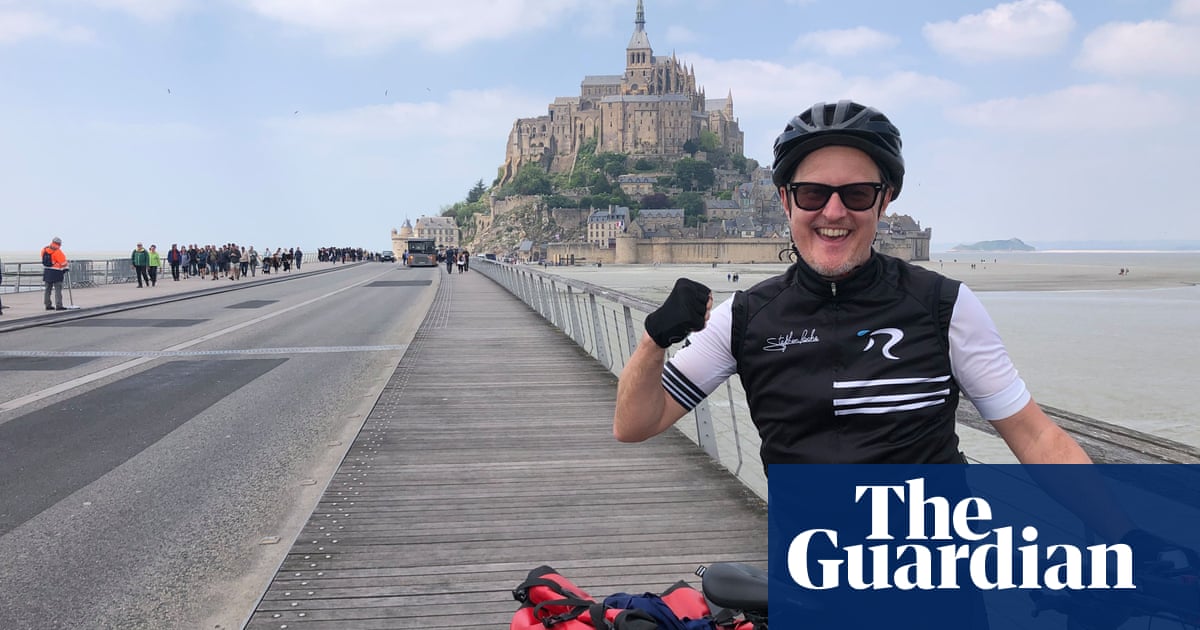We wave au revoir to Nantes and, moments later, we’re rushing towards the sea on hired touring bikes. We’re heading along France’s newest cycle route, from the Pays de la Loire through Brittany to the tidal flats of Normandy. My friend and I have an appointment with Mont-Saint-Michel in four days and our challenge is to conquer the 170 miles (275km) of newly linked greenway trails and backroads that twitch and worm through unspoilt villages, pastoral farmlands and centuries of history. There’s a sense from the outset that this might be the ultimate trapdoor into a part of France we’d never have discovered otherwise.
The route’s name, La Régalante, comes from a subtle blend of the words galette (a Breton pancake), galante (gallant) and Gallo (Gaul), but with a suggestion of regaling oneself. Opened earlier this year, it is a collaboration by three regional governments, with the aim of shining a light on less-visited areas of France. Within a few hours, we’re deep into the first of its nine sections (they vary in length from 12 to 25 miles) – we’re whizzing through in four days, but it would make a great leisurely cycle holiday over a week. A website with route maps plus acco0mmodation and train information makes planning easy, and it’s flawlessly signposted with distinctive coral-red signs, leaving cyclists free to enjoy glimpses of everyday life and scenery, rather than constantly checking a map.
Our first overnight stop is at Le Moulin del Bel Air outside Joué-sur-Erdre, run by Estelle Guihard. Built in 1838, her guesthouse is one of the last surviving windmills in the Pays de la Loire and, when we arrive, she is in its kitchen, hunched over a galettoire pan, sizzling buckwheat pancakes for dinner. “This was my grandmother’s,” she says, cracking an egg into the middle of the crepe. “Somehow, I can feel her memories at my fingertips.” It could be a scene from another century.
Before we arrived, Estelle was on the windmill roof, fixing a leak in the rain, then she joined us for dinner, with portraits of her grandparents looking on. Over sweet cider served in a glazed bolée, a wide-rimmed Breton cup, she tells us that bringing her family’s windmill back to life is a calling, rather than a career. “People would dance, discuss, eat and make bread – common life thrived under the…
Click Here to Read the Full Original Article at Travel | The Guardian…
